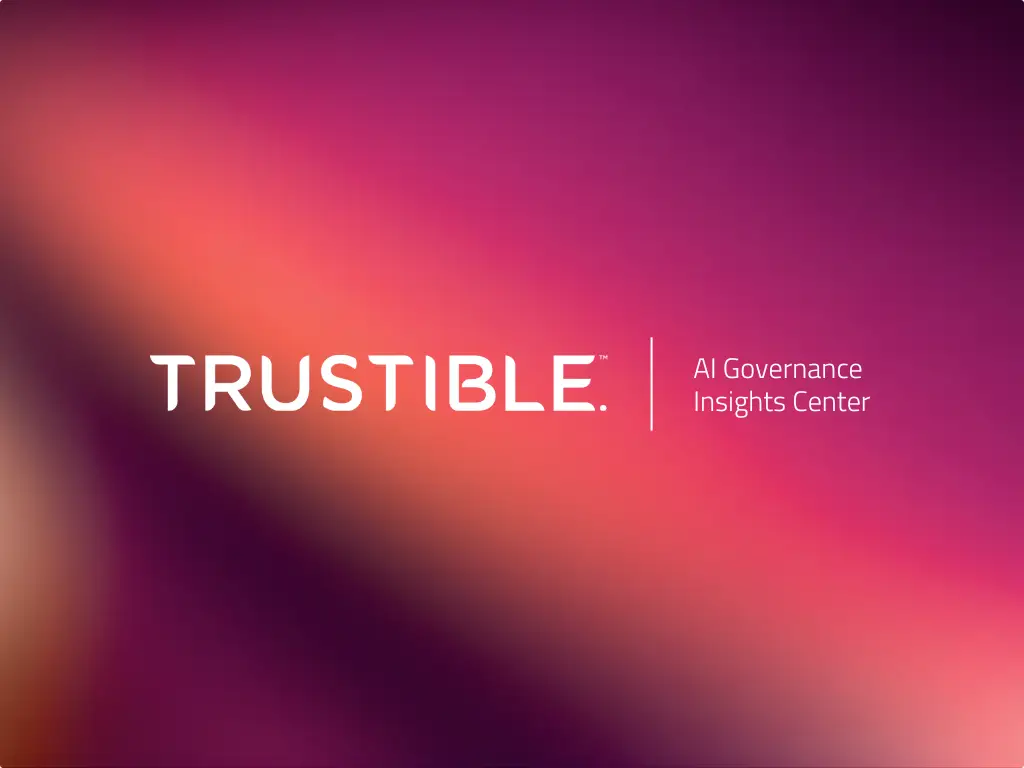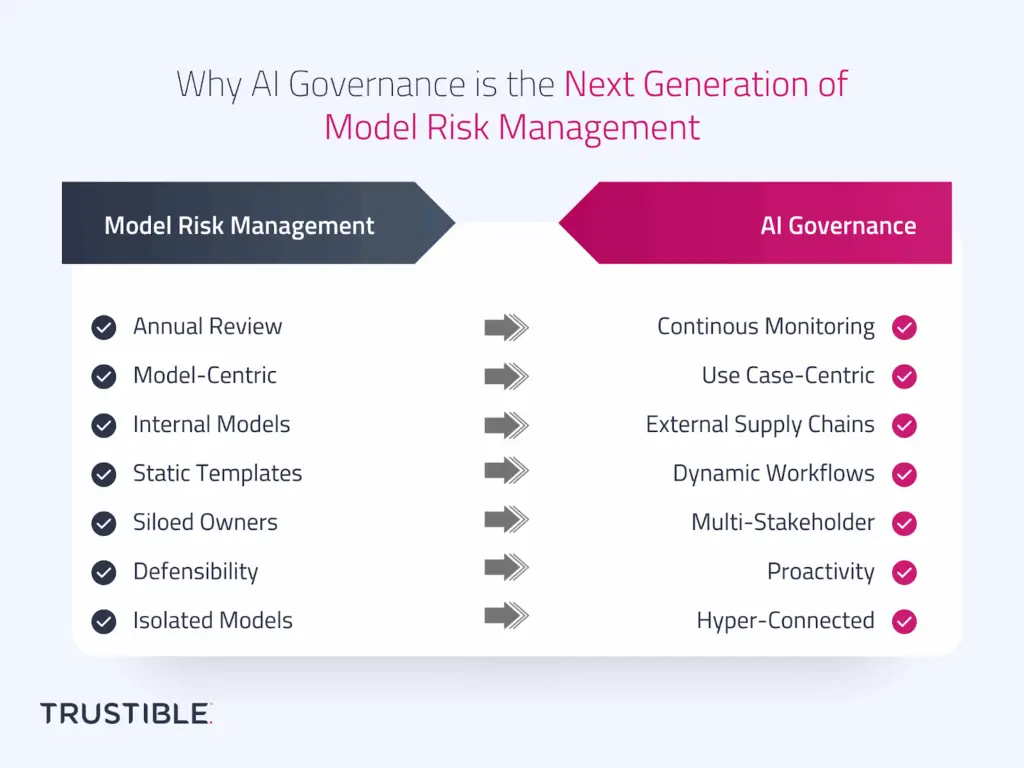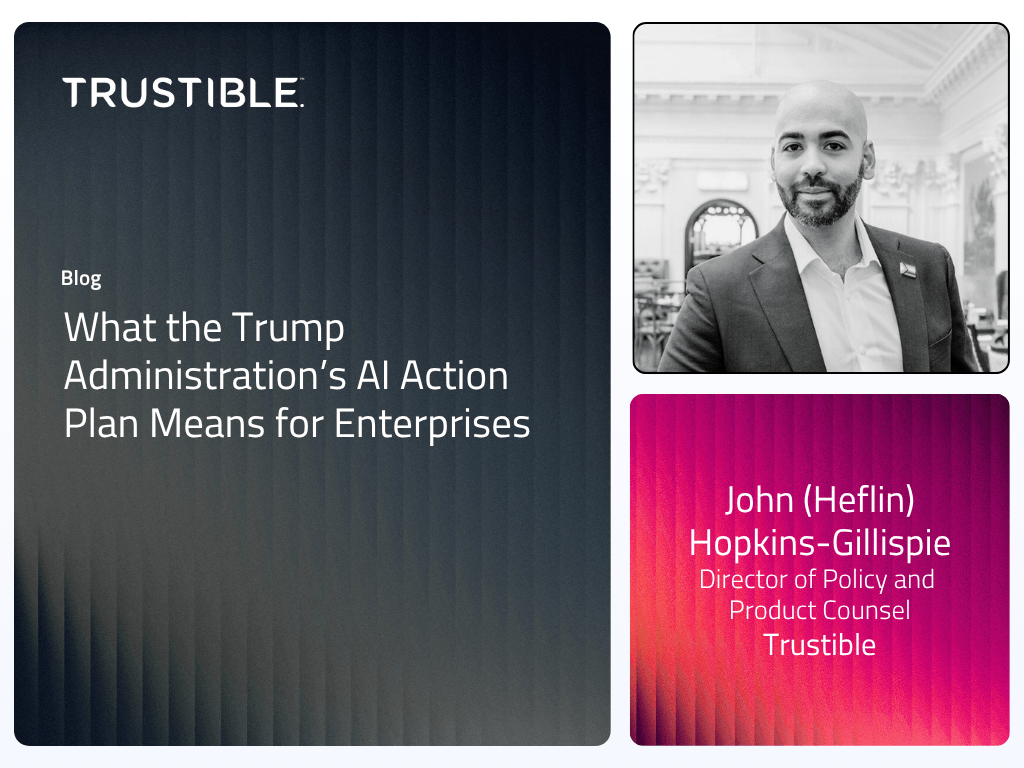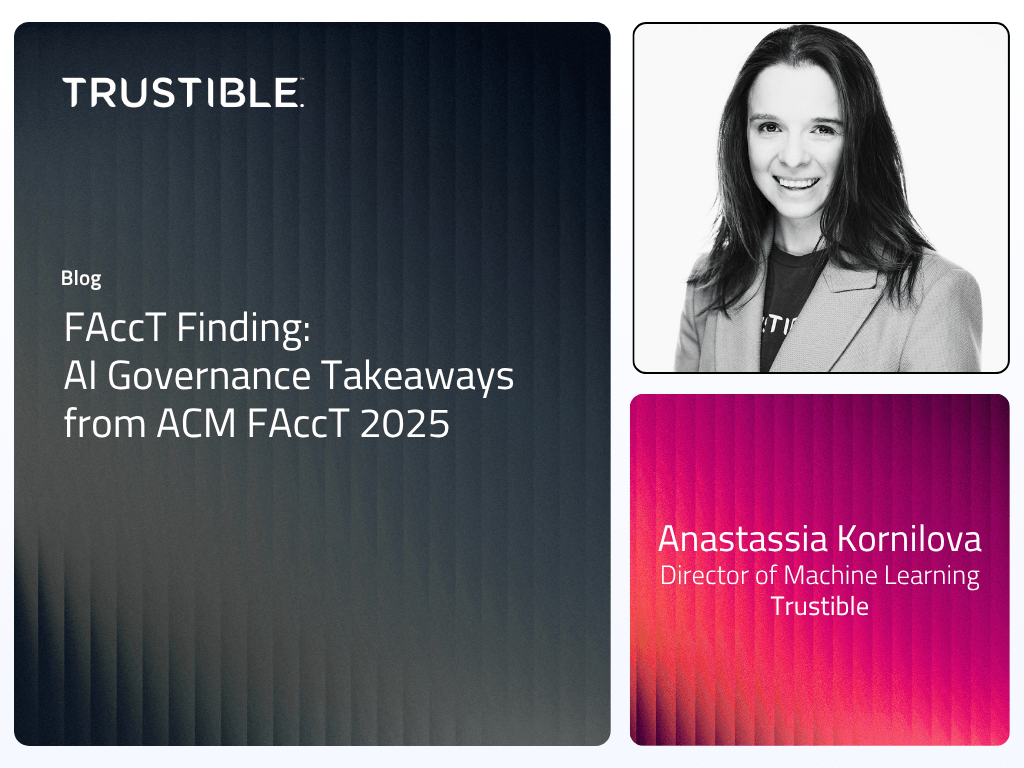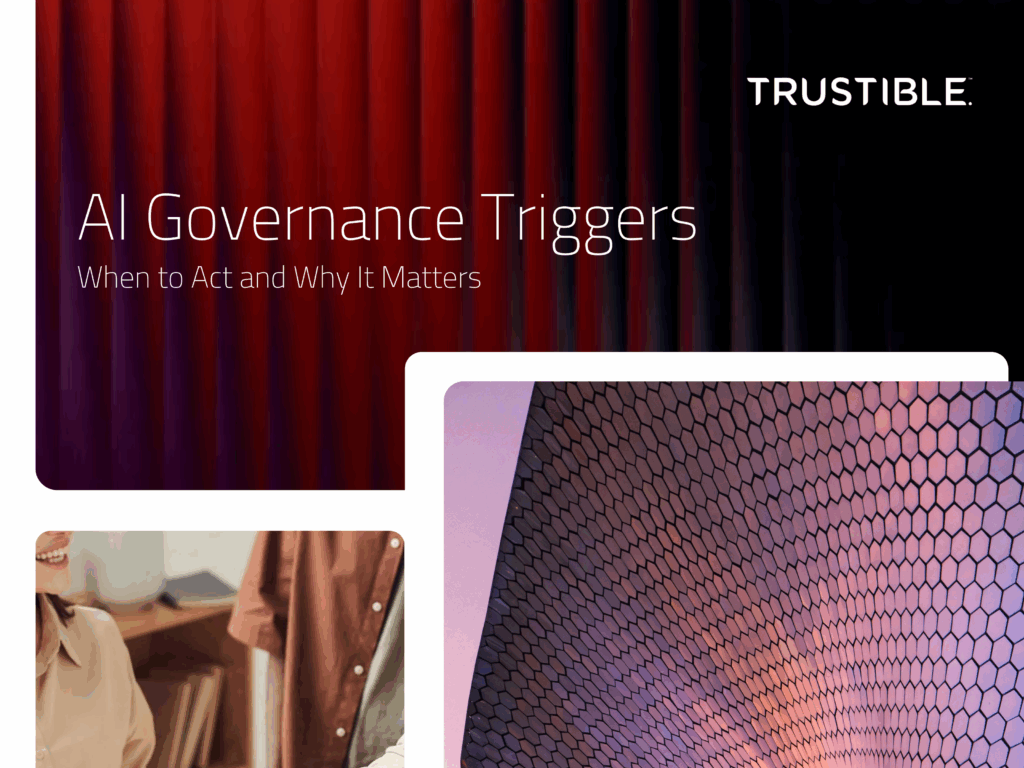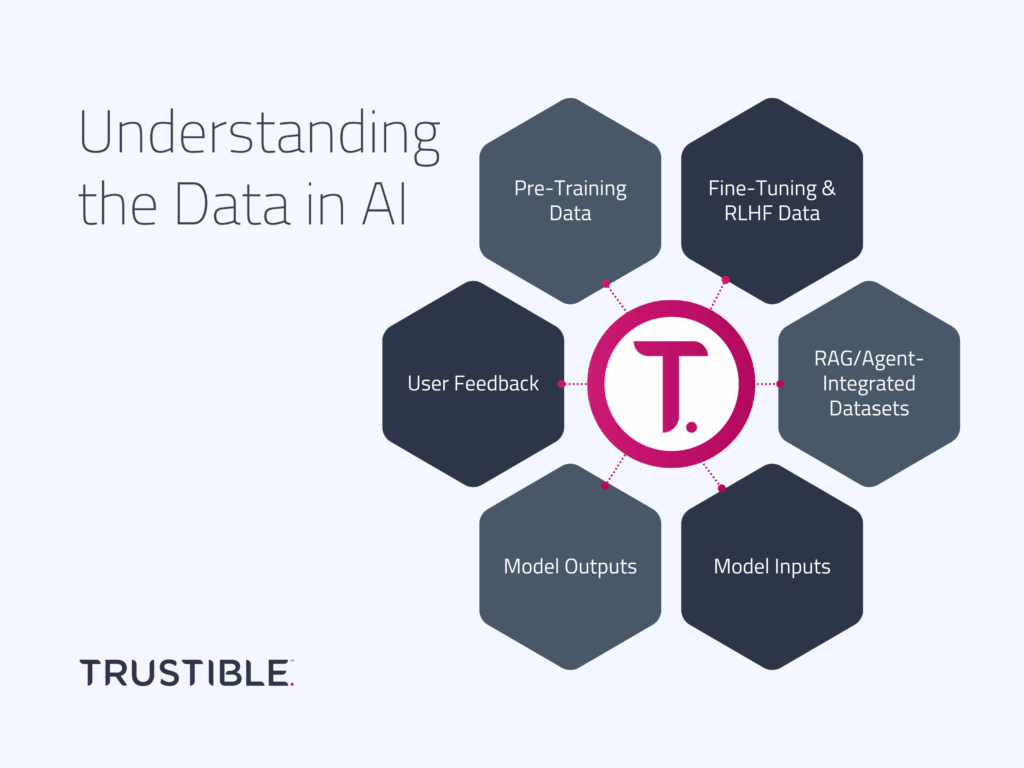At Trustible, we believe AI can be a powerful force for good, but it must be governed effectively to align with public benefit. Introducing the Trustible AI Governance Insights Center, a public, open-source library designed to equip enterprises, policymakers, and consumers with essential knowledge and tools to navigate AI’s risks and benefits. Our comprehensive taxonomies cover AI Risks, Mitigations, Benefits, and Model Ratings, providing actionable insights that empower organizations to implement robust governance practices. Join us in transforming the conversation around trusted AI into tangible, measurable outcomes. Explore the Insights Center today!
AI Governance Meets AI Insurance: How Trustible and Armilla Are Advancing AI Risk Management
As enterprises race to deploy AI across critical operations, especially in highly-regulated sectors like finance, healthcare, telecom, and manufacturing, they face a double-edged sword. AI promises unprecedented efficiency and insights, but it also introduces complex risks and uncertainties. Nearly 59% of large enterprises are already working with AI and planning to increase investment, yet only about 42% have actually deployed AI at scale. At the same time, incidents of AI failures and misuse are mounting; the Stanford AI Index noted a 26-fold increase in AI incidents since 2012, with over 140 AI-related lawsuits already pending in U.S. courts. These statistics underscore a growing reality: while AI’s presence in the enterprise is accelerating, so too are the risks and scrutiny around its use.
Why AI Governance is the Next Generation of Model Risk Management
For decades, Model Risk Management (MRM) has been a cornerstone of financial services risk practices. In banking and insurance, model risk frameworks were designed to control the risks of internally built, rule-based, or statistical models such as credit risk models, actuarial pricing models, or stress testing frameworks. These practices have served regulators and institutions well, providing structured processes for validation, monitoring, and documentation.
Should the EU “Stop the Clock” on the AI Act?
The European Union (EU) AI Act became effective in August 2024, after years of negotiations (and some drama). Since entering into force, the AI Act’s implementation has been somewhat bumpy. The initial set of obligations for general-purpose AI (GPAI) providers took effect in August 2025 but the voluntary Code of Practice faced multiple drafting delays. The finalized version was released with less than a month to go before GPAI providers needed to comply with the law.
What the Trump Administration’s AI Action Plan Means for Enterprises
The Trump Administration released “Winning the AI Race: America’s AI Action Plan” (AI Action Plan) on July 23, 2025. The AI Action plan was published in accordance with the January 2025 Removing Barriers to American Leadership in AI Executive Order. The AI Action Plan proposes approximately 90 policy recommendations within three thematic pillars: Pillar I addresses […]
FAccT Finding: AI Takeaways from ACM FAccT 2025
Anastassia Kornilova is the Director of Machine Learning at Trustible. Anastassia translates research into actionable insights and uses AI to accelerate compliance with regulations. Her notable projects have involved creating the Trustible Model Ratings and AI Policy Analyzer. Previously, she has worked at Snorkel AI developing large-scale machine learning systems, and at FiscalNote developing NLP […]
Trustible’s Perspective: The AI Moratorium would have been bad for AI adoption
In the early hours of July 1, 2025, the Senate overwhelmingly voted to strip the proposed federal moratorium on state and local AI laws from the Republican’s reconciliation bill. The moratorium went through several re-writes in an attempt to salvage it, though ultimately 99 Senators supported removing it from the final legislative package. While the political […]
AI Governance Triggers: When to Act and Why It Matters
The rapid evolution of artificial intelligence—with continuous advancements in models, policies, and regulations—presents a growing challenge for AI governance teams. Organizations often struggle to determine when governance intervention is necessary in order to balance risk oversight without imposing excessive compliance burdens. This eBook introduces the concept of “AI Governance Triggers” to provide clarity on the specific AI model events that should prompt governance activities.
Understanding the Data in AI
Data governance is a key component of responsible AI governance, and it features prominently in every emerging AI regulations and standards. However, “data” is not a monolithic concept within AI systems. From the massive datasets collected for training large language models (LLMs), to user feedback loops that refine and improve outputs, multiple “data streams” flow through any modern AI application.
What is AI Monitoring?
When many technical personas hear the term monitoring, they often think of internal monitoring of the AI system.

